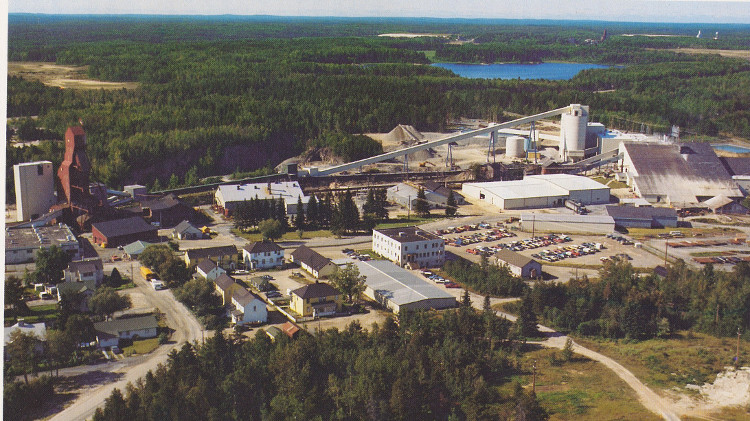There’s a common misconception floating around that lithium, because it’s abundant and essential, will simply rise to meet demand as the world electrifies. But the truth is more complicated—and, frankly, more precarious. Yes, lithium is the lightest metal on the periodic table, but it’s carrying the weight of an entire energy transition. And we need to start treating it that way.
For all the optimism around battery innovation and electrification, lithium’s supply chain remains deeply uneven, technologically demanding and environmentally burdensome. That’s not a crisis in itself—but pretending it’s not a problem is. Let’s start with the basics: lithium doesn’t come ready-made. Whether it’s pulled from salt-rich brines in Chile or from pegmatite ores in Australia and Canada, getting usable lithium into a battery-grade form involves complex chemistry, intense heat and a lot of water or energy—or both. And even then, refining it to meet customer specifications adds another layer of cost and emissions. The idea that we can endlessly ramp up production without consequences is a myth we urgently need to move past.
Strategic missteps
At the same time, the geopolitical side of lithium production gets less attention than it should. Over 60 per cent of lithium refining happens in China, giving it an outsized role in the global battery supply chain. Western nations are trying to catch up, but there’s a steep learning curve—and plenty of missed opportunities.
One of the most telling is the story of lithium iron phosphate (LFP) battery technology. Originally developed and patented in Canada, LFP technology was licensed to Chinese firms royalty-free, as long as production stayed in China. It did—and now China dominates global LFP battery production, including the cells used in many Tesla models. That’s not just a business decision; it’s a strategic misstep. We can’t afford to repeat it. If we want lithium to support long-term decarbonization goals, we need to invest not just in mining but in every step of the value chain—from extraction and processing to recycling and next-generation battery chemistry. The race to electrify is also a race to control innovation and infrastructure. And right now, we’re lagging.
Emerging solutions
To be clear, there’s good work happening. Direct lithium extraction (DLE) technologies promise to reduce water usage and improve efficiency, though they still need to prove themselves at scale. Battery recycling is picking up momentum, offering a way to recover critical materials from spent cells instead of relying entirely on virgin supply.
These are promising developments—but they won’t replace the need for a coherent, long-term strategy. That strategy has to recognize lithium’s double life. It’s both a mineral resource and a geopolitical tool. A technical challenge and a sustainability question. The projects that will thrive won’t just have good grades or flashy investor decks, they’ll have credible plans for processing, environmental, social and governance, stakeholder engagement and long-term supply chain resilience.
Waste leverage
The European Union’s March 2025 decision to reclassify black mass as hazardous waste may seem like bureaucratic fine print, but it’s actually a strategic pivot. By restricting exports to non-OECD countries, the EU is signalling that it no longer sees battery waste as disposable—it sees it as leverage. Black mass, the gritty residue of spent electric vehicle (EV) batteries, is rich in lithium, cobalt and nickel. And until now, most of it has flowed out of Europe and into Asia’s well-established recycling hubs. That’s another missed opportunity.
Keeping black mass in-region is about more than circularity—it’s about control. Control over raw materials, industrial emissions and the economic upside of closed-loop supply chains. At the same time, it aligns with tightening environmental regulations by minimizing the carbon footprint of material flows. The policy shift is a step forward, but turning it into real capacity will require investment, infrastructure and smarter economics. The EU doesn’t just need to hold onto its waste—it needs to know what to do with it.
Strategic specifications
Lithium deals are no longer just about supply, they are about strategy. ExxonMobil’s entry into lithium in 2023 through its Mobil Lithium brand isn’t just a resource play, it’s a signal that upstream producers are thinking more like supply chain architects. By partnering with battery makers like SK On, a leading South Korean battery manufacturer, ExxonMobil is doing more than selling lithium; it’s co-building a domestic EV ecosystem. These kinds of strategic partnerships—between miners, refiners and OEMs—are becoming the new blueprint. They reduce risk, increase visibility and help align production timelines with demand curves. For OEMs, it’s about securing critical inputs. For producers, it’s about embedding themselves deeper into the value chain. Either way, the old model—of digging, shipping and hoping someone buys—is fading fast. In its place: alliances built for resilience, not just revenue.
So, here’s the thesis: lithium isn’t just a commodity—it’s an ecosystem. And if we keep thinking about it only in terms of tonnage or market price, we’re going to lose out—economically, strategically and environmentally. There’s still time to course correct. But we’ll need to stop chasing shortcuts and start building systems. Because lithium may be the lightest metal, but our expectations for it have never been heavier.
Sasan Maleki holds a PhD in economic geology and brings over 15 years of experience exploring a wide range of commodities, including critical minerals, combining field expertise with market insights to support the global energy transition. Maleki is author of the book Powering the Future: The Journey of Lithium from Earth to Battery and Market, which is available on Amazon.




